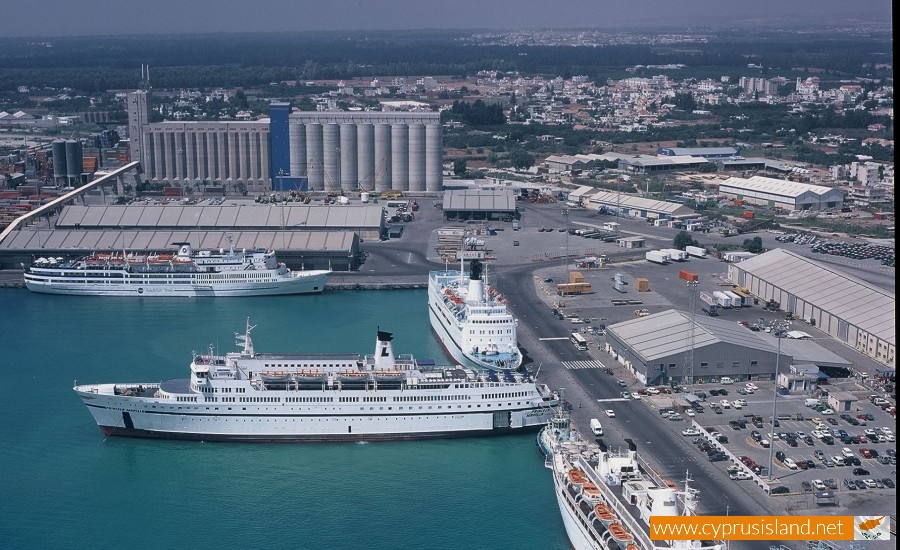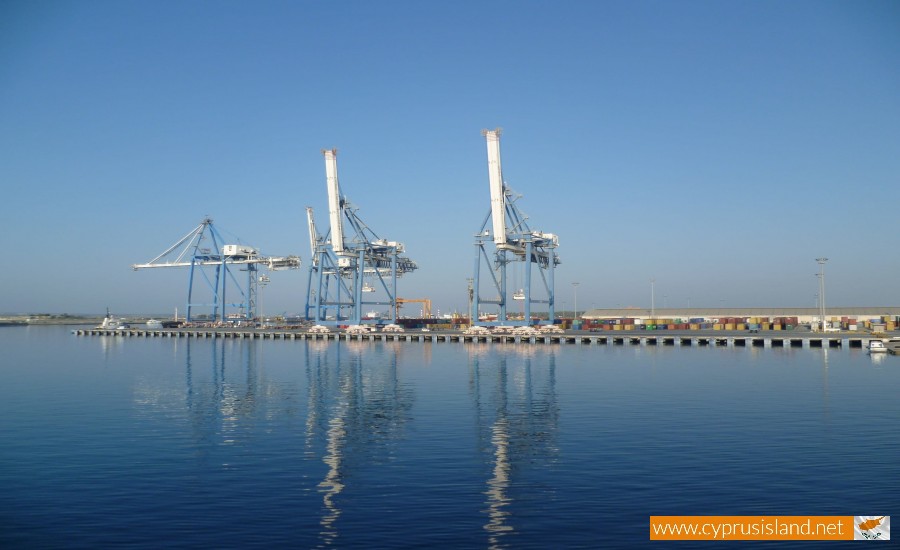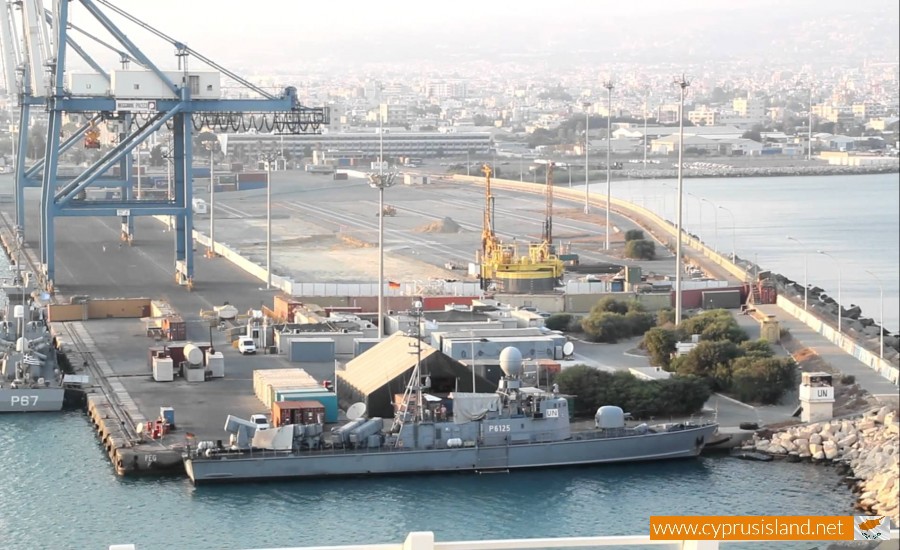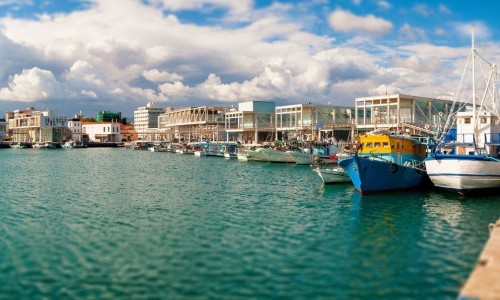Limassol Port (New Port)
The strategic part of the Limassol Port, its integration in the European Union , the liberalisation of port services, the expected removal of the Turkish embargo as the solution to the Cyprus problem, are reasons that impart a very optimistic outlook on the future, as well as increase handling and passengers through the Limassol Port.
The Limassol Port is the main port in Cyprus. The Limassol port was built in 1971 as a replacement of the previous port and since then it has been extended and upgraded. It began operating in 1974 after the coup and the Turkish occupation. It began as the main port in the country after the Ammochostos port was taken over by the Turks.
The port offers services for ships, unloading cargo and passenger handling. The port's maritime space covers an area of one square. Mm and the land area covers an area of 1.3 km2 kilometres.
The port is made up of the following areas:
- Indoor areas which cover 5 warehouses of a total are of 39,760 m².
- Warehouse number 1: 1, 7,200m²
- Warehouse number 2: 6,080m²
- Warehouse number 3: 10,000m²
- Warehouse number 4: 10,080m²
- Warehouse number 5: 5, 6,400m²
Part of the warehouse number 2 was given to the British Bases for transferring their loads, while the rest of it was given to the Customs Department for the consignments of cargo remaining in port space (Republic Bonded Warehou
2. Open storage area for a cargo of 127,000m²
3. Container stacking areas for cargo of 320,000m²
4. There are also 148 power supply points for refrigerated containers
In concern to the building facilities in the fenced port area, these include:
- The Department of agriculture building (Plant control)
- The Vet services building
- Customs department office
- Workshop for repairs of machinery and spare parts warehouse.
- Offices for the Department of trade and industry
- Workshop/garage for mechanical equipment of the Institute of Licensed Porters in Limassol
Apart from these a new modern passenger building is expected to be constructed in order to increase the quality of services that are offered to the passengers , and create a meeting point for the Cyprus ports authority, the city of Limassol and Cyprus in general. This project is also included in the attempt for a geographical division of the port into commercial (west) and passenger (east) port.













